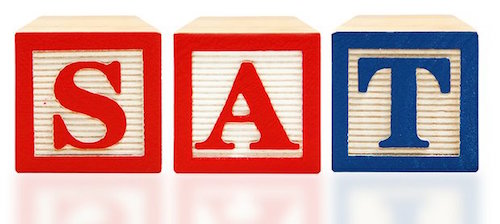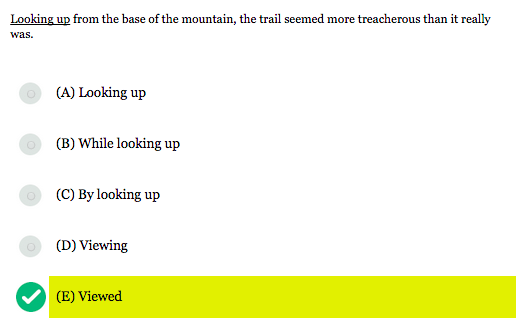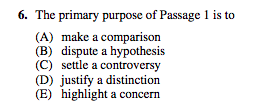Function questions (also sometimes known as “meaning in context” questions) make up approximately 20% of all ACT Reading questions (based on my survey of four publicly available ACTs). The ACT Reading will also occasionally have "development" questions, which are sort of like larger-scale versions of function questions (they ask about the structure of the passage or passages).
Both function and development questions require you to judge the effect of a phrase in a certain place (as opposed to little picture and vocab in context questions, which are just concerned with meaning). So how do you get asked function questions on the ACT, and what strategies can you use to answer them? Keep on reading to find out!
























